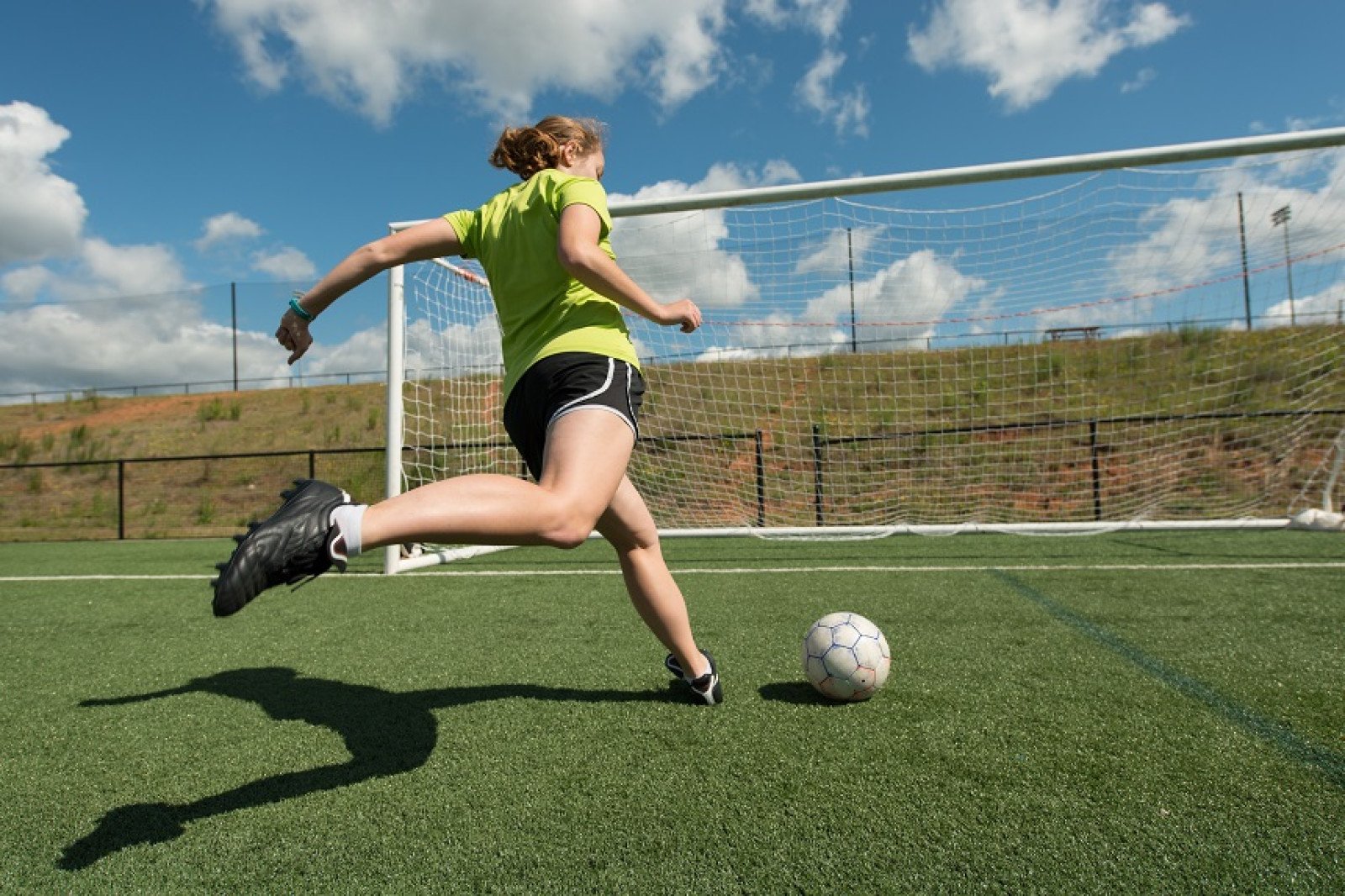Forces in and out of balance
How often do Newton’s 1st and 2nd laws apply in the same situation?

Overview
Students decide whether there is a greater overlap between the laws and concepts of static and dynamic physics to real-life scenarios than there may appear to be at first glance. Students showcase their understanding of Newton’s 1st and 2nd laws, and make and revise a decision about how often the laws apply simultaneously to the same physical systems.
Instructions
What you'll need
- "Forces in and out of balance" slideshow
- "Exploring forces" worksheet, one for each student
- "Answer key" handout
- Begin the activity by organizing your students into small groups and providing each student with a copy of the "Exploring forces" worksheet.
- Display the "Forces in and out of balance" slideshow. In slide 2, invite your students to make an initial decision: how often do both Newton’s 1st and 2nd laws apply to the same physical system or situation?
- Ask students to share their thinking, encouraging them to provide a sound explanation for their decision (see slide 2 for the criteria for a sound explanation).
- Show slide 3 and review Newton’s first two laws of motion. Invite students to revisit their initial decision: would they change or revise anything?
- Show slide 4 and ask small groups of students to decide which laws best describe the forces in each scenario. Ask them to them to identify a component of each scenario that represents static physics and dynamic physics.
- For example, in scenario 1, the soccer ball accelerating is an example of dynamics, while the kicker’s firmly-planted standing leg is an example of statics. Briefly explain that, despite seeming like contradictory concepts, the laws of static and dynamic physics are both found in many real-life physical situations.
- After groups have shared their decisions, invite students to revisit their initial decision: would they change or revise anything given these scenarios?
- Show slides 5 and 6 and invite students to suggest which laws would be observed in each situation. Ask them to them to identify a component of each scenario that represents static physics and dynamic physics.
- Ask students to complete the sample problems and to share their answers. Consider showing and discussing the possible solutions from the "Answer key" handout.
- Conclude the activity by inviting students to revisit their initial decision: would they change or revise anything? Encourage your students to use what they learned from the two sample problems when making their decision.
Modify or extend this activity
This could be done after slide 4:
If students require more practice identifying examples of Newton’s laws, consider asking your students to develop or identify real-life examples of other situations where the following could be observed:
- Only Newton’s first law
- Only Newton’s second law
- Both laws together
Curriculum Fit
Physics 11
Big idea
- Forces influence the motion of an object
Content
- Horizontal uniform and accelerated motion
- Contact forces and the factors that affect magnitude and direction
- Mass, force of gravity, and apparent weight
- Newton’s laws of motion and free-body diagrams
- Balanced and unbalanced forces in systems
Curricular competencies
Questioning and predicting
- Demonstrate a sustained intellectual curiosity about a scientific topic or problem of personal, local, or global interest
Processing and analyzing data and information
- Seek and analyze patterns, trends, and connections in data, including describing relationships between variables, performing calculations, and identifying inconsistencies
- Use scientific understandings to identify relationships and draw conclusions
Evaluating
- Evaluate the validity and limitations of a model or analogy in relation to the phenomenon modelled
Assessments
Consider how well students:
- Apply their understanding of Newton’s 1st and 2nd laws, and demonstrate appropriate use of relevant vocabulary in their responses to activity prompts or brief discussions.
- Use the criteria provided for a sound explanation when they provide their justification for their initial and revised decisions.
- Demonstrate an ability to work collaboratively in small groups.
- Consider all the relevant evidence (both presented to them explicitly and through their own inference) when making and justifying a decision.
Teaching Notes
Although we tend to think that the laws of ‘static’ and ‘dynamic’ physics must describe distinct physical systems, in reality, there are many examples of systems for which both Newton’s 1st and 2nd laws are both in action.
Let’s consider the hydroelectric dam, for example. Its ability to effectively produce and deliver electricity is a real-life example of static and dynamic physics at play:
- Forces oppose each other to ensure transmission poles and distribution poles (for carrying electricity to its intended destination) stay still (in other words, are static)
- Unopposed forces cause water to accelerate down the penstock of the dam structure (a dynamic phenomenon).







